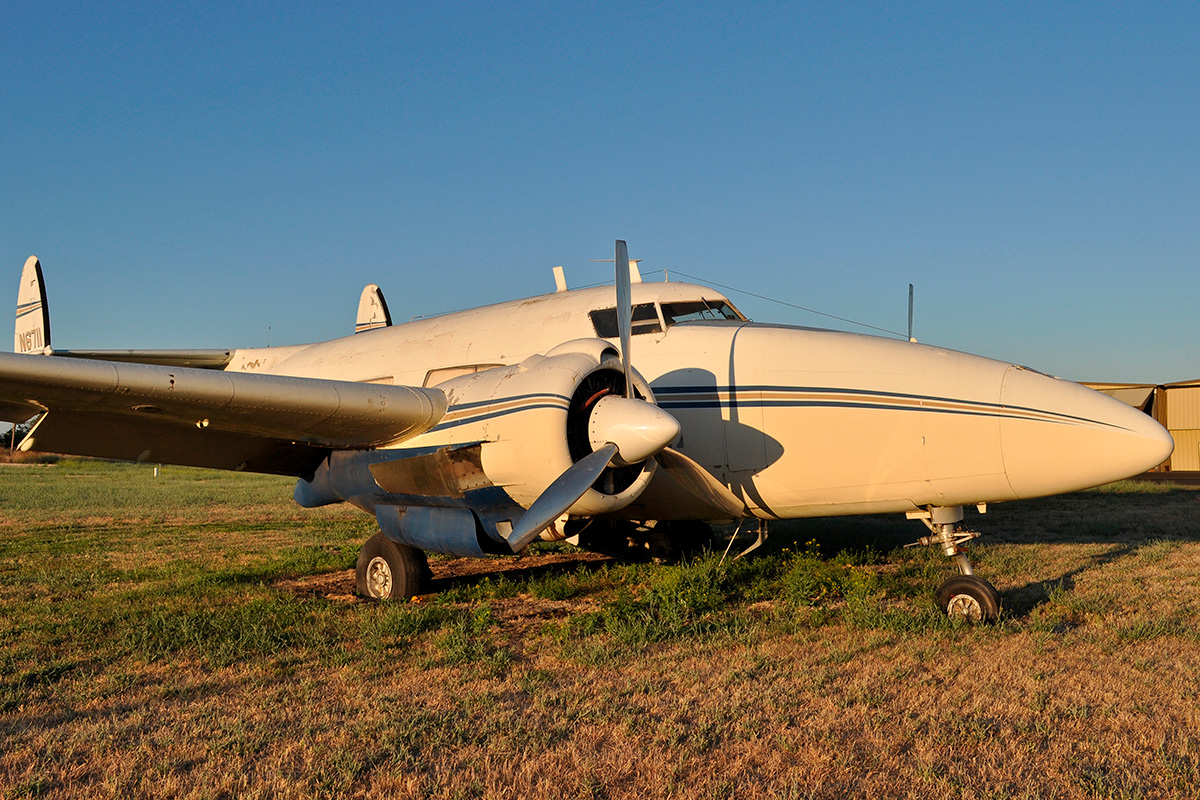
The Striking Lines of the Howard 250 Executive
How a World War II-era military transport became a go-to luxury airplane for large corporations.
Of the countless captivating stories centered around the people and aircraft of World War II, most are understandably focused on the war effort itself. From tales of ferocious aerial battles above European farm fields to bombing missions in the Pacific Theatre, there was a lot of action, and military aircraft were in the midst of it all.
Shadowed by the drama of war and often overlooked are the lives led by many aircraft after the war ended. Like the pilots who flew them, a significant number of aircraft found new missions serving in altogether different roles.
The postwar lives of many of these aircraft were as action-packed as their military days. The air-racing community modified surplus fighters for events like the Reno Air Races. Aerial firefighting companies utilized surplus bombers to drop slurry atop raging forest fires, ironically saving lives with each drop rather than taking them.
Among the varied postwar roles filled by surplus military aircraft, one was smaller and more subtle than the rest—executive and corporate aviation. This was a segment that began to emerge in the 1930s in the form of the Beech Staggerwing and closed-cabin Wacos. As various surplus military types became available to the public, a number of companies modified them for luxurious, long-range travel at much greater speeds and altitudes than previous types
Essentially the early equivalent of today’s Gulfstreams and Falcons, these became the chosen method of executive travel for large corporations like banks and oil companies.
















